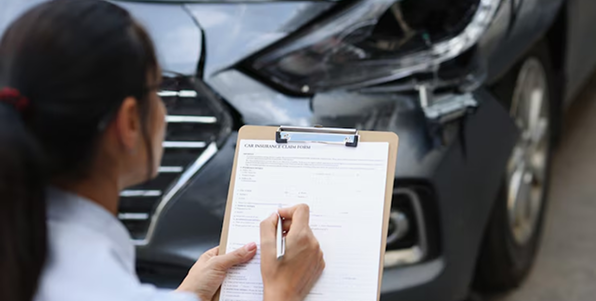Is Your Car Still Safe to Drive After an Accident? A Simple 5-Point Safety Checklist

Even after a minor collision, your vehicle may look fine on the outside— but underneath the surface, there could be damage that affects your safety and drivability.
At AW Collisions, we often see vehicles that were driven after an accident without a proper inspection—only to uncover hidden damage days or weeks later. This blog will help you quickly assess whether your car is safe to drive with our 5-point safety checklist.
Note: This guide is for quick reference only. If you’re unsure, it’s always safest to let professionals inspect the vehicle.
1. Check for Leaks Under the Vehicle
Look under your car before starting it:
- Puddles or drips of oil, coolant, transmission fluid, or brake fluid indicate internal damage.
- Even slow leaks can lead to engine overheating, brake failure, or steering issues.
At AW Collisions, we provide free post-accident inspections to detect internal leaks before they cause bigger issues.
2. Listen for Unusual Noises
Start your engine and drive slowly (if possible) while listening for:
- Grinding, squeaking, or clunking sounds
- Rubbing or scraping when turning the wheel
- Clicking or rattling when accelerating or braking
These are often signs of damaged suspension, axle issues, or loose components.
3. Test Steering and Alignment
Ask yourself:
- Is the steering wheel off-center?
- Does the car pull to one side?
- Do you feel vibrations while driving?
These symptoms can signal a bent frame, misalignment, or damaged steering components.
At AW Collisions, we use computerised alignment and frame measurement systems to detect structural shifts even when they’re not visible.
4. Check Dashboard Warning Lights
Look for newly activated lights like:
- Airbag (SRS)
- ABS
- Check Engine
- Traction Control
These lights mean your vehicle’s safety systems may be compromised.
Even if your airbags didn’t deploy in the accident, the sensors may need recalibration.
5. Inspect Tires and Braking Response
After a collision, check:
- Tire treads for uneven wear
- Brake feel—does it feel soft, spongy, or slow to respond?
- Wheel well clearance—is one side lower than the other?
These could indicate suspension or brake damage, even if your car still rolls.
Why You Shouldn’t Take the Risk
Driving a damaged vehicle can:
- Compromise your safety in a second crash
- Worsen the damage over time
- Void your insurance coverage if you’re in another accident
Let AW Collisions Handle It—Safely
We’re not just about making your car look new—we make sure it’s safe to drive again. At AW Collisions, we offer:
- Free post-collision safety checks
- Advanced diagnostics and recalibration
- Full collision repair backed by warranties
- Insurance claims handled for you

